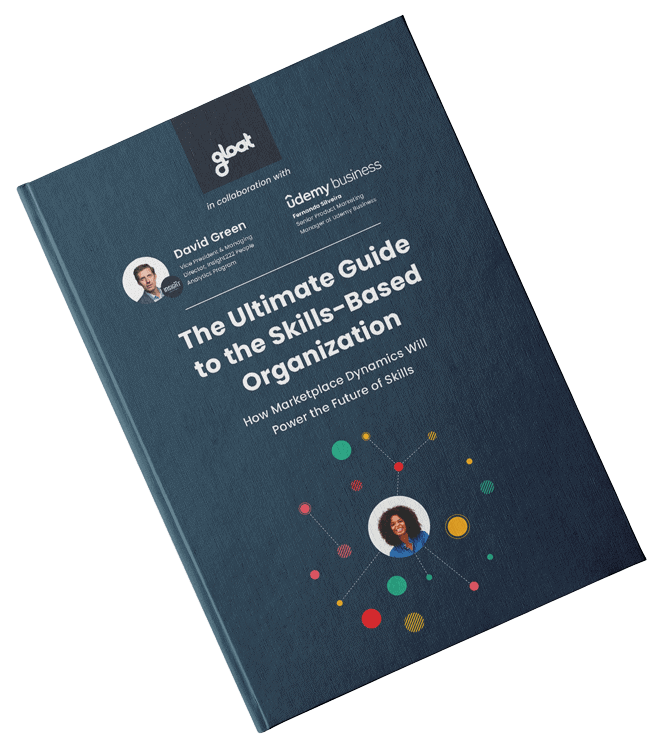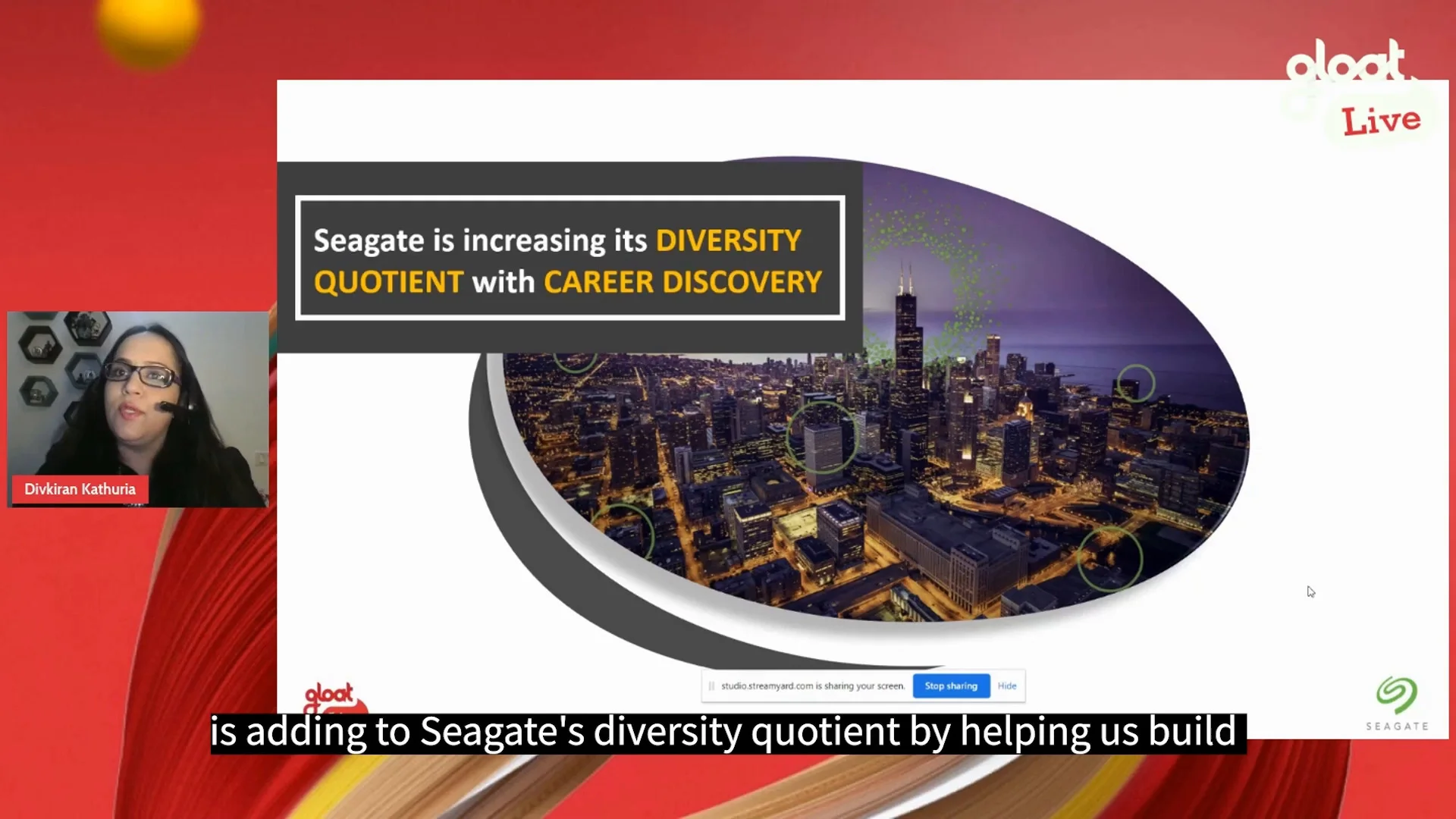The new world of work marks the start of a new chapter for diversity and inclusion (D&I) initiatives. Rather than being viewed as solely an HR issue, cultivating a culture of empowerment and inclusivity is now something the entire C-suite prioritizes. In fact, about 1 in 2 CEOs view building a diverse, equitable, and inclusive workforce as one of their top challenges for 2022.
As employees’ calls for change get louder, forward-thinking organizations are embracing new tools and strategies to meet their people where they are at. Many companies are distributing surveys, releasing statements, and taking a stand against systemic discrimination and structural inequality. Some organizations are even leveraging talent acquisition technology to diversify hiring practices and mitigate bias.
Yet, without an equal emphasis on inclusivity, none of these initiatives will drive lasting change. Getting D&I right isn’t about merely bringing in people from different backgrounds; it’s about setting employees up for success and empowering everyone to unlock their full potential, which is where inclusion comes into play.
What is workplace inclusion?
Workplace inclusion is the practice of providing everyone with equal access to opportunities and resources. Inclusion efforts provide traditionally marginalized groups, like those based on gender or race, a means for them to be seen and feel as equal in the workplace. Inclusive actions include creating employee resource groups (ERG), hosting information sessions, and providing full visibility into career development opportunities so every employee can take advantage of them.
Without an emphasis on inclusion, diversity efforts can result in a toxic culture. Some employees may perceive your efforts as tokenism, suggesting that your organization is only hiring people from underrepresented groups to prevent criticism. Diversity initiatives that aren’t paired with inclusivity efforts won’t last because employees won’t feel like they are being heard and valued. Over time, these workers will disengage, and ultimately leave your business in pursuit of a more inclusive workplace.
What are the benefits of an inclusive workforce?
Fostering an inclusive workforce isn’t only the right thing to do, it’s also a serious advantage that impacts every aspect of your business and your employee experience. Some of the most significant benefits include:
Better performance
When employees feel like they belong at your organization, they’ll be empowered to do their best work. A study by industry analyst Josh Bersin found that highly inclusive organizations generate 2.3x more cash flow per employee, 1.4x more revenue, and are 120% more capable of meeting financial targets.
Improved engagement and better decision-making
Similarly, an inclusive workplace helps workers feel more engaged in the work they’re doing. In turn, your people will be more likely to make the rights calls at work, as evidenced by Korn Ferry’s research, which reveals that employees at inclusive organizations are 87% more likely to make better decisions.
Greater innovation
The most innovative ideas typically don’t come from one person. Instead, they’re generated when groups of people with diverse backgrounds feel empowered to speak up and share their suggestions for carving a path forward. Thus, it’s no surprise that inclusive workforces have an edge when it comes to creativity. According to Korn Ferry, inclusive organizations are 70% more likely to capture new markets and 19% more likely to see higher innovation revenue.

Level the playing field
Learn how to launch a skills-based strategy that gives everyone equal access to opportunities.
The challenges of cultivating a more inclusive workforce
While the benefits of fostering workplace inclusivity are always worth it, initiating any kind of cultural change can be challenging. Many leaders struggle to assess the impact of their inclusivity efforts since there’s no single metric or neat numerical figure that measures belonging. To evaluate how well your inclusivity initiatives are working, pulse checks and employee listening need to be part of the process.
Cultivating inclusivity requires more than a subtle shift; it’s about fundamentally reimagining your culture to democratize career development and empower your entire workforce. Initiating this level of change is inherently challenging because it requires leaders to tap into new frameworks and tools that encourage everyone to look beyond the status quo.
3 steps leaders can take to foster an inclusive workplace
If you’re looking to take your workplace inclusivity efforts to the next level, here are a few steps you should consider to get started:
#1. Democratize access to opportunities
A level playing field is a prerequisite for inclusive workplaces. Yet, in many organizations, subjective criteria like relatability or networking determine who gets access to developmental opportunities. In contrast, inclusive companies take an objective approach to talent management based on employees’ skills and experiences. Many of these companies utilize talent marketplaces to ensure internal mobility is determined by competencies and ambitions, rather than subjective factors that will count some of your people out without recognizing their potential.

2:22
#2. Mitigate bias
While it may be impossible to entirely remove bias from the equation, inclusive organizations go the extra mile to minimize it. Leaders at these companies understand that bias can play a role in hiring and promotion decisions, so they put systems and tools in place to prevent it from taking over. Since a talent marketplace uses ethically constructed AI with multiple built-in safeties, many organizations are leveraging these platforms to help make decisions virtually bias-free.

#3. Prioritize access to mentorship
Inclusive workplaces set every employee up for success by removing the barriers that have traditionally held some team members back. Mentorship programs are a powerful initiative that can help employees expand their networks and develop skills they’re looking to build.
The most impactful mentoring programs pair employees based on the competencies they have and those they wish to learn, not job titles or levels of seniority. While it may be difficult to match mentees to mentors manually, AI-powered talent marketplaces seamlessly align employee aspirations to maximize the benefits of mentoring for everyone involved.

While most leaders now recognize that diversity needs to be a top priority, organizations must also turn their attention toward workplace inclusivity if they want to drive meaningful change. To learn more about the powerful role that technology will play in leveling the playing field, find out how workforce agility platforms can democratize access to opportunities.
About Gloat
Gloat pioneered the Talent Marketplace category with the first AI-powered Talent Marketplace platform, built to break down the silos holding organizations back and enabling them to shift talent freely, empower employees and adapt on the fly. Using an industry-leading AI, Gloat matches employees with internal opportunities by autonomously aligning skills, capabilities and aspirations with the needs of the business. As a result, managers gain frictionless access to untapped talent at speed. While employees gain access to meaningful development opportunities and experiences including projects, gigs, full-time roles, mentorships, job swaps, learning experiences, and much more. The real-time data generated by the platform, meanwhile, provides leaders with immediate visibility into the skills and availability of the workforce so they can plan and future-proof the business. Gloat pioneered the Talent Marketplace category and is trusted by some of the world’s leading global enterprises today, with deployments in over 120 countries across Unilever, Schneider Electric, Standard Chartered Bank, PepsiCo, Nestlé, HSBC, Novartis, and many more.




